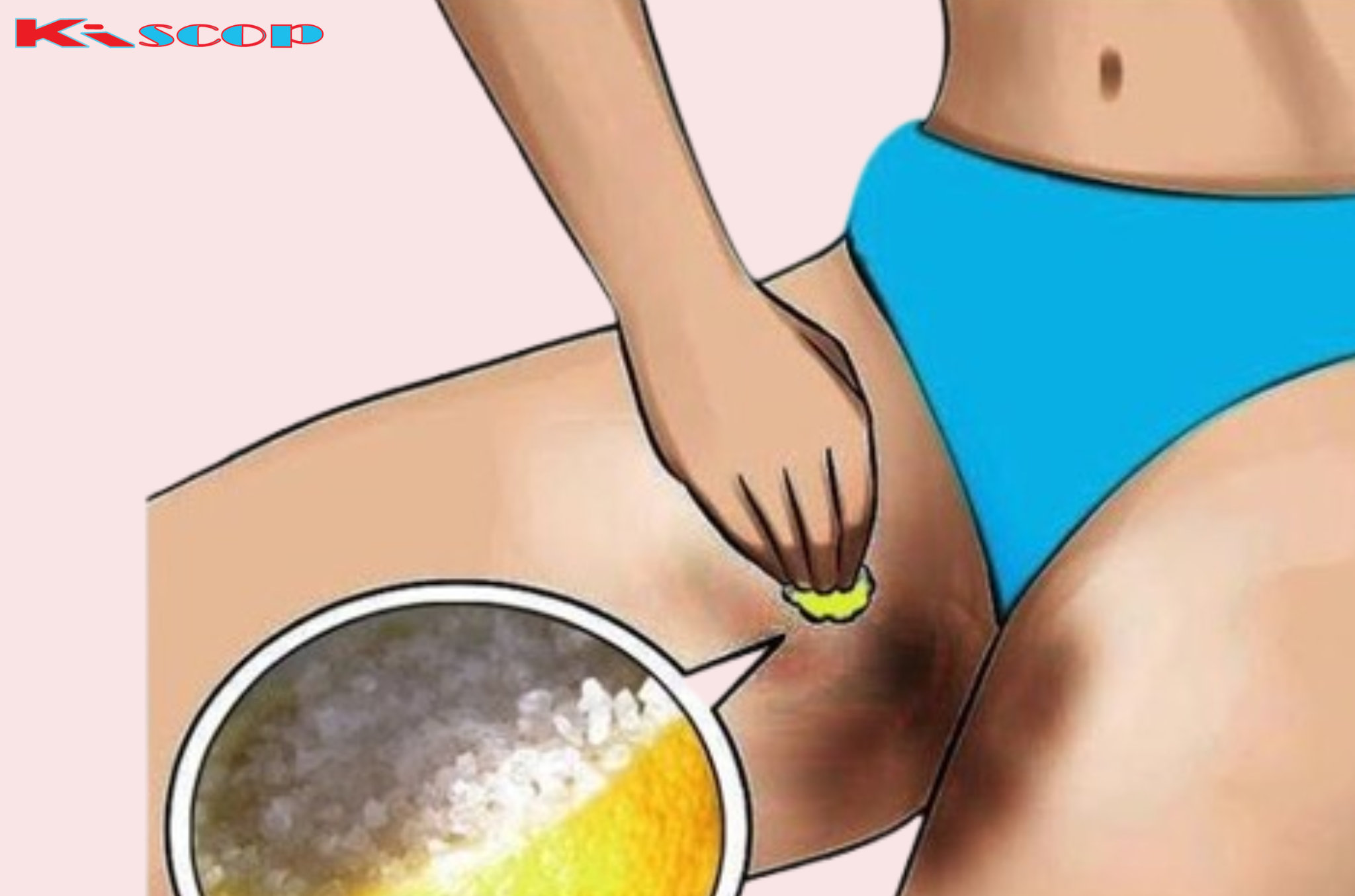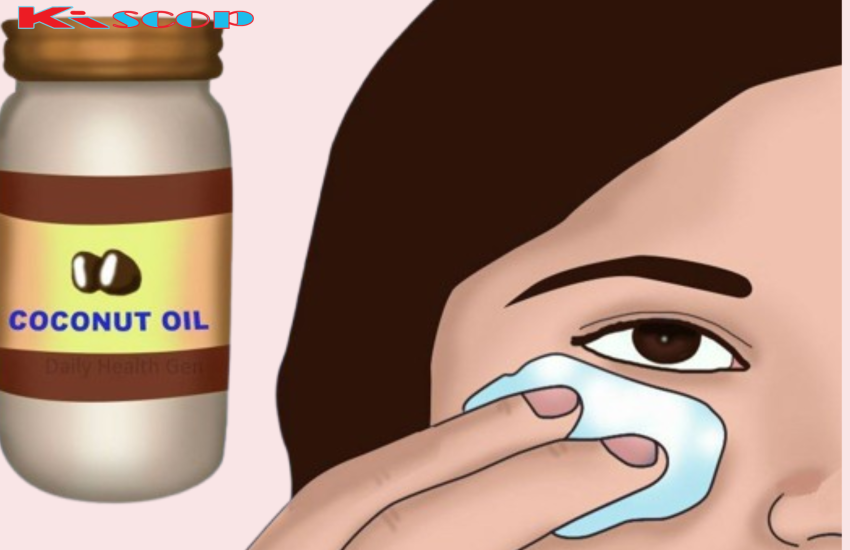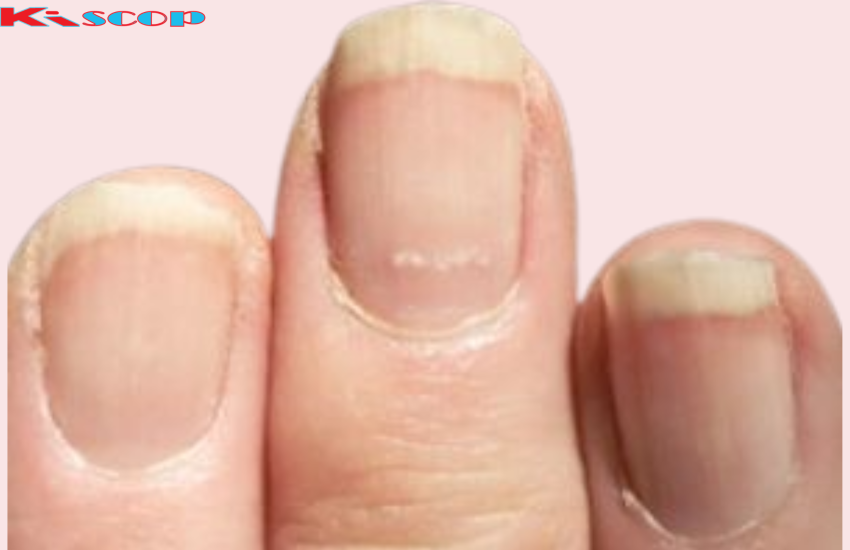How to Lighten Dark Inner Thighs, Bikini Area, and Butt Naturally
Darkening of the inner thighs, bikini area, and buttocks can occur due to various factors such as friction, hormonal changes, excess sweating, and hyperpigmentation. Though this is usually harmless, many people look for ways to lighten these areas for cosmetic reasons. Fortunately, several natural remedies can help brighten these areas safely. Here’s a comprehensive guide on how to lighten dark inner thighs, bikini areas, and buttocks naturally.
1. Aloe Vera Gel
Aloe vera is known for its soothing and skin-lightening properties. It’s a gentle, effective option for sensitive areas like the inner thighs, bikini area, and buttocks.
How to Use:
- Apply fresh aloe vera gel directly to the dark areas.
- Leave it on for 20-30 minutes and then rinse with lukewarm water.
- Use daily for best results.
2. Coconut Oil and Lemon Juice
Coconut oil provides moisture and helps repair the skin, while lemon juice contains natural bleaching properties due to its vitamin C content.
How to Use:
- Mix 1 tablespoon of coconut oil with the juice of half a lemon.
- Massage the mixture onto the darkened areas for 10-15 minutes.
- Rinse off with lukewarm water.
- Use this remedy 2-3 times a week.
Note: Lemon juice can make the skin more sensitive to sunlight, so avoid sun exposure immediately after use.
3. Baking Soda and Water Scrub
Baking soda acts as a gentle exfoliant, helping to remove dead skin cells and lighten dark patches over time.
How to Use:
- Mix 1 tablespoon of baking soda with water to form a paste.
- Gently scrub the dark areas with this mixture for a few minutes.
- Leave it on for 5-10 minutes before rinsing off.
- Moisturize after using as baking soda can be drying.
- Use this remedy once or twice a week.
4. Turmeric and Milk Paste
Turmeric has anti-inflammatory and skin-brightening properties, and when combined with milk, it works as a natural lightening treatment.
How to Use:
- Mix 1 tablespoon of turmeric powder with enough milk to form a paste.
- Apply the paste to the darkened areas and leave it on for 15-20 minutes.
- Rinse with lukewarm water.
- Repeat 2-3 times a week.
5. Yogurt and Oatmeal Scrub
Yogurt contains lactic acid, which helps exfoliate and lighten skin. Oatmeal acts as a gentle exfoliant, making it a great option for sensitive skin.
How to Use:
- Mix 2 tablespoons of yogurt with 1 tablespoon of oatmeal.
- Apply the mixture to the dark areas and gently massage in circular motions.
- Leave it on for 10-15 minutes, then rinse with water.
- Use this scrub 2-3 times a week.
6. Potato Juice
Potatoes contain natural bleaching agents and antioxidants that can help lighten dark spots.
How to Use:
- Grate a potato and extract its juice.
- Apply the juice to the darkened areas and leave it on for 20-30 minutes.
- Rinse off with water.
- Repeat daily for visible results.
7. Lemon Juice and Honey
Lemon juice acts as a natural bleaching agent, while honey is an excellent moisturizer that soothes the skin.
How to Use:
- Mix 1 tablespoon of lemon juice with 1 tablespoon of honey.
- Apply the mixture to the dark areas and leave it on for 15-20 minutes.
- Rinse with lukewarm water.
- Use 2-3 times a week.
Note: For sensitive skin, dilute the lemon juice with water before applying.
8. Cucumber Juice
Cucumber has soothing properties and is known for its ability to reduce pigmentation.
How to Use:
- Grate a cucumber and extract its juice.
- Apply the juice to the dark areas and leave it on for 20-30 minutes before rinsing.
- Repeat daily for the best results.
9. Apple Cider Vinegar
Apple cider vinegar helps exfoliate the skin and balance its pH levels, making it effective in reducing dark pigmentation.
How to Use:
- Mix equal parts apple cider vinegar and water.
- Use a cotton ball to apply the mixture to the darkened areas.
- Leave it on for 15-20 minutes before rinsing with water.
- Use 2-3 times a week.
10. Exfoliation with Sugar and Olive Oil
Exfoliation helps remove dead skin cells that can contribute to dark spots. Sugar acts as a natural exfoliant, while olive oil moisturizes and nourishes the skin.
How to Use:
- Mix equal parts sugar and olive oil to form a scrub.
- Massage the mixture onto the dark areas in circular motions.
- Rinse off after 5-10 minutes with warm water.
- Use this exfoliating scrub once or twice a week.
11. Moisturize Regularly
Dry skin can accentuate dark patches, so it’s important to keep the skin well-moisturized.
How to Use:
- Apply coconut oil, shea butter, or almond oil to the darkened areas after showering.
- Massage the oil into the skin until fully absorbed.
- Moisturize daily to prevent further darkening and maintain skin hydration.
Prevention Tips
Along with natural remedies, certain preventive measures can help avoid further darkening of the skin:
- Wear Loose Clothing: Tight clothes can cause friction, leading to darkening. Choose loose, breathable fabrics like cotton.
- Use Anti-Chafing Products: Friction can cause darkening in sensitive areas. Apply anti-chafing creams or powders to prevent irritation.
- Maintain a Healthy Weight: Excess weight can increase friction between the thighs, leading to dark patches.
- Avoid Harsh Chemicals: Harsh soaps or skincare products can worsen hyperpigmentation. Use gentle, natural products instead.
- Shave Carefully: Shaving can irritate the skin and cause dark spots. Always use a sharp razor, shaving cream, and moisturize afterward.
- Hydrate: Drink plenty of water to keep your skin hydrated and healthy.
- Protect From the Sun: Apply sunscreen to areas exposed to the sun, as UV rays can make dark spots worse.
Conclusion
Dark inner thighs, bikini areas, and buttocks are common issues, but they can be lightened with consistent use of natural remedies. Patience is key, as these treatments may take time to show results. If you experience irritation or don’t see improvement after several weeks, consider consulting a dermatologist for further advice.



